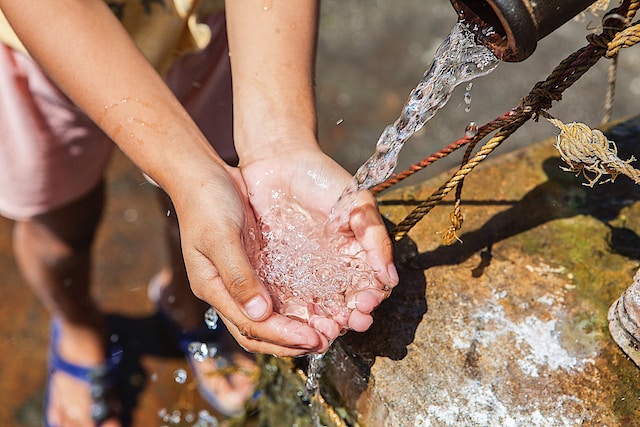The Essentials of Condenser Water Pumps
Excess condensate water must be pumped up in heating, ventilation, and air conditioning (HVAC) systems. It requires a pump and motor.
Selecting the appropriate pump is crucial for your project to function effectively and with an adequate chilled water flow. Using the proper pump calculator can help you determine the correct pump.
Flow Rate
Flow rate is one of the essential variables a project team must consider during the pump selection process. It is especially true when implementing variable chiller water flow and variable speed cooling tower fan controls.
It is also essential to understand how the condenser water pump flow rate relates to the maintenance of the cooling tower and the system overall. It is because the optimum flow rate of the condenser water pump depends on the distance from the water source and any friction losses through piping, chiller condenser bundle, and cooling tower.
For example, if a pump is placed far from the water source, more power is dedicated to sucking the water than discharging it. This results in lower flow rates.
Hydraulics
The hydraulics of condenser water pumps NYC ensure the pump performs correctly and efficiently. The flow rate and power inputs must be accurately determined to calculate the required pump speed.
Typically, a slower pump speed will result in higher bearing lifetimes. However, running will be more costly and require an additional motor.
Consider all the pressure drops in the piping, chiller, and valves when designing a condenser water pump system. These losses can significantly impact the system’s flow rate and power draw, so carefully evaluating all aspects and strategies is necessary for optimal performance.
Power
A condenser water pump’s power is the energy it consumes to rotate and move the water. A higher pump speed can increase the number of rotations, which increases wear and tear on the bearings.
The best way to select a pump is to determine its flow rate and power requirements for the entire chiller system based on site utility rates, pumping head, and chiller load profile.
In addition to optimizing flow rates and control, various other energy conservation strategies can significantly impact the proper selection and design of a condenser water system. These strategies include waterside economizers, airside economizers, and heat recovery chillers.
Maintenance
Pumps are vital to the operation of most facilities, and if they break down, they can cause many problems. It is why they need to be kept in good working order.
Flow rate is another essential element of a pump that must be monitored regularly. Flow rates can vary depending on the type of pump and how often it is used.
Noise levels and vibration should also be monitored, as this can indicate a problem with the pump. Loud sounds such as popping or clunking can indicate cavitation, which can cause much damage.
Efficiency
In addition, to flow rate, pump efficiency is an essential part of chiller plant design. So it is because pumps must be sized and selected to match the flow rate required, and that flow rate will be affected by several factors.
Choosing an efficient pump will help you save on maintenance costs and prolong the life of your equipment. It is essential if you have many pumps or if your system requires a significant flow rate.
The efficiency of condenser water pumps is a function of several factors, including horsepower. Higher horsepower levels will increase your efficiency, but installing it is more expensive.

